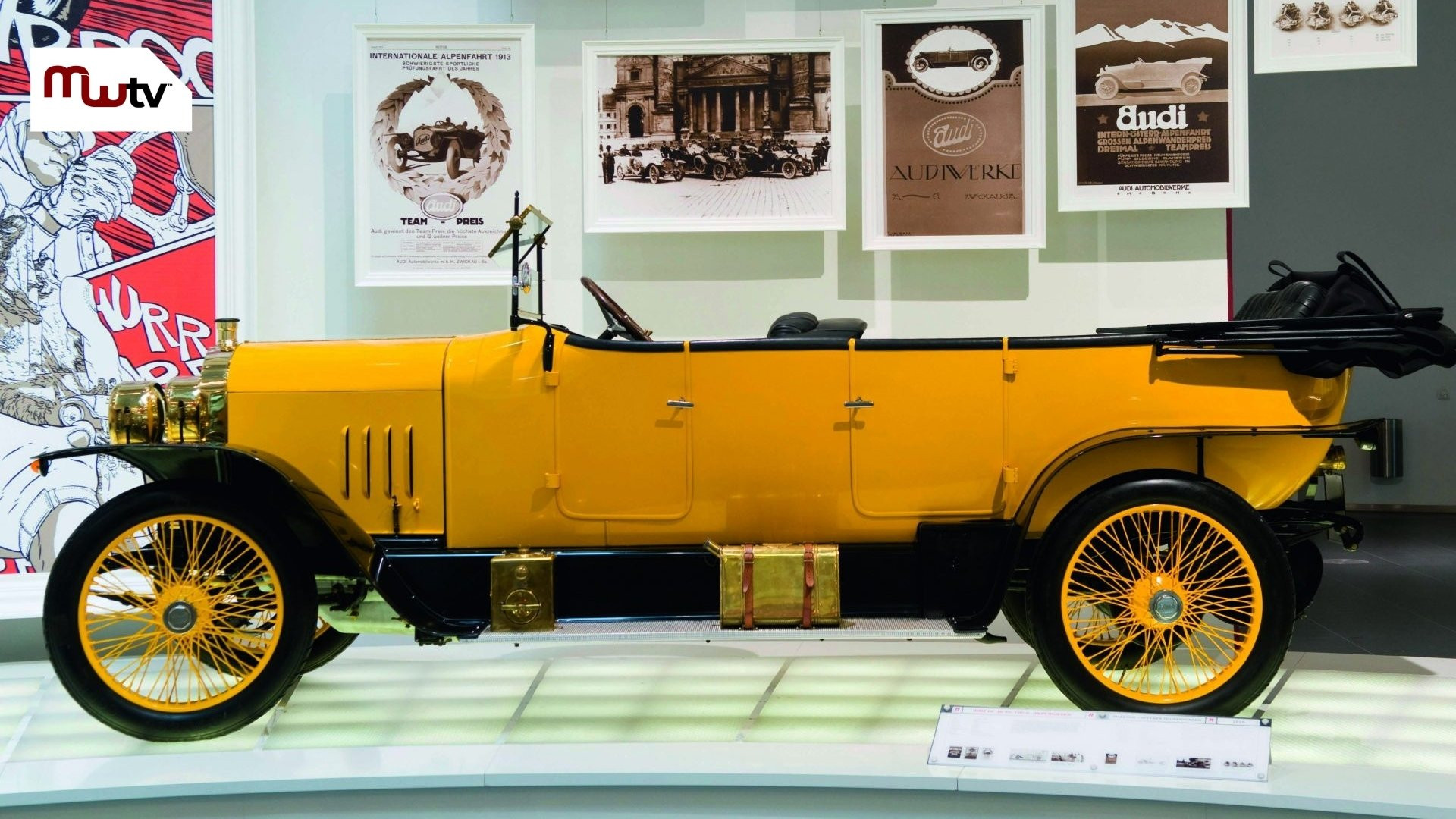
“Any car that merely takes you from A-B, does not go far enough”
- August Horch
It all began at the end of the 19th Century when August Horch wrote the first chapter in Audi’s history by starting his own motor vehicle company known as A. Horch & Cie. on 14th of November 1899. He moved with his company to Reichenbach im Vogtland, a town in Saxony (east Germany) in 1902. When he moved again in 1904 to Zwickau, he founded a joint stock company named August Horch & Cie. Motorwagen Werke AG on 10th of May.
August Horch was born on 12th October 1868, and he was one of Germany’s pioneering personalities of automobile engineering. He graduated from the Technical Academy in Mittweida, Saxony. After graduating he worked in ship building and engine construction and later went on to become head of motor vehicle production department of the Carl Benz company in Mannheim.
Following troubles due to differences of opinion with Board of Management and Supervisory Board, August Horch left Motorwagen Werke in 1909 and immediately established his second company the August Horch Automobilwerke GmbH in Zwickau on 16th July 1909. His former partners sued him for the trademark infringement, as his surname was already in use. The German Supreme Court in Leipzig, eventually announced that the Horch brand belonged to his former company. Due to this blunder, he decided to choose its Latin translation for the new company. So, ‘Horch’ - or ‘hark’ - became ‘Audi’. The idea of using the Latin imperative came from the son of one of August Horch’s business partners; the boy, well-versed in Latin had overheard the discussion about the search for a new company name. After swallowing his thoughts for a while, the boy finally blurted out to his father saying “Wouldn’t it be better to use ‘Audi’ instead of ‘Horch’?” ‘Horch’ - in German - ‘Hark’ which means ‘hear’ which is ‘Audi’ - singular imperative of ‘Audire’ in Latin which means ‘to listen’. The idea was accepted by everyone rather enthusiastically, August Horch even signed his letters with the words “Kind regard – Audi-Horch". Audi Automobilewerke GmbH Zwickau on 25th April 1910 was entered in the company’s register of Zwickau registration court. (But in 1915 it changed its name to Audiwerke AG Zwickau).
Car production began on a small scale, true to Horch’s basic principle of building only “good, strong cars”, but only a few years later Audi had already developed into one of the best-known German automobile brands. The first Audi automobile was manufactured in the same year, 1910; and it was the Audi Type A Sport-Phaeton 10/22 hp and was closely followed by its successor Type B 10/28 hp in the very same year. Both turned out to be phenomenal successes. Audi started with a 2,612cc inline-four engine model Type A, followed by a 3,564cc model as well as 4,689cc and 5720cc models. These cars were successful even in sporting events. Horch led his team to three straight victories in the Austrian Alpine Run.
August Horch left Audiwerke in 1920 for a high position at the ministry of transport, but he still continued to be involved with Audi as a member of the board of trustees. Shortly after he left, Audi became the first German car brand to produce a car with left-hand drive, the Audi Type K. The left-hand drive spread like wildfire and gained a dominance during the 1920s because it provided a better view of oncoming traffic, this made it easier and safer to overtake. The first six-cylinder model, 4,655cc, Type M appeared in 1924. His motto: "What man can do; cars can do better."
The Four interlocked rings which make Audi’s logo, symbolizes the merger of four automobile manufacturers based in the German state of Saxony: Audi, DWK, Horch and Wanderer. In August 1928, Jørgen Rasmussen, the owner of Dampf-Kraft-Wagen (DWK), acquired the majority if shares in Audiwerke AG. In 1932, Audi merged with Wanderer which was also owned by Rasmussen; and in the same year Audi also merged with its old competitor Horch. This merger led to the formation of Audi Union AG in 1932; which in turn led to the creation of the four interlocking rings, which is a symbol of their inseparable unity. Each of the four brands were assigned a specific market segment withing the group: DWK – motorcycles and small cars; Wanderer – midsize cars; Audi – cars in the deluxe midsize segment; and Horch – luxury cars at the top end of the market. When these united under the common banner – Audi Union AG in 1932, they became the 2nd largest automobile manufacturer of the country. Funnily enough, this emblem was similar to the Olympic Rings. So much so, that the Olympic Committee eventually took them to court in 1995. The result as expected, the court ruled that the Audi rings had nothing to do with the Olympic rings, and so, the two logos live in harmony.

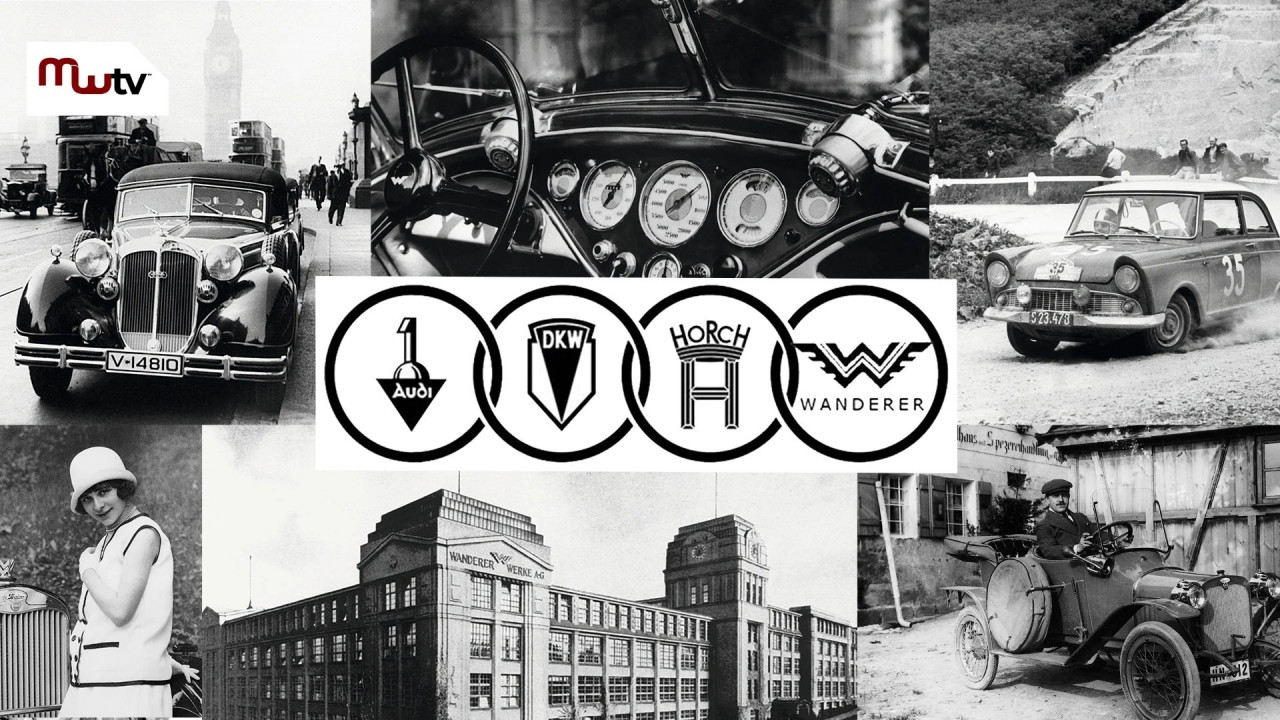
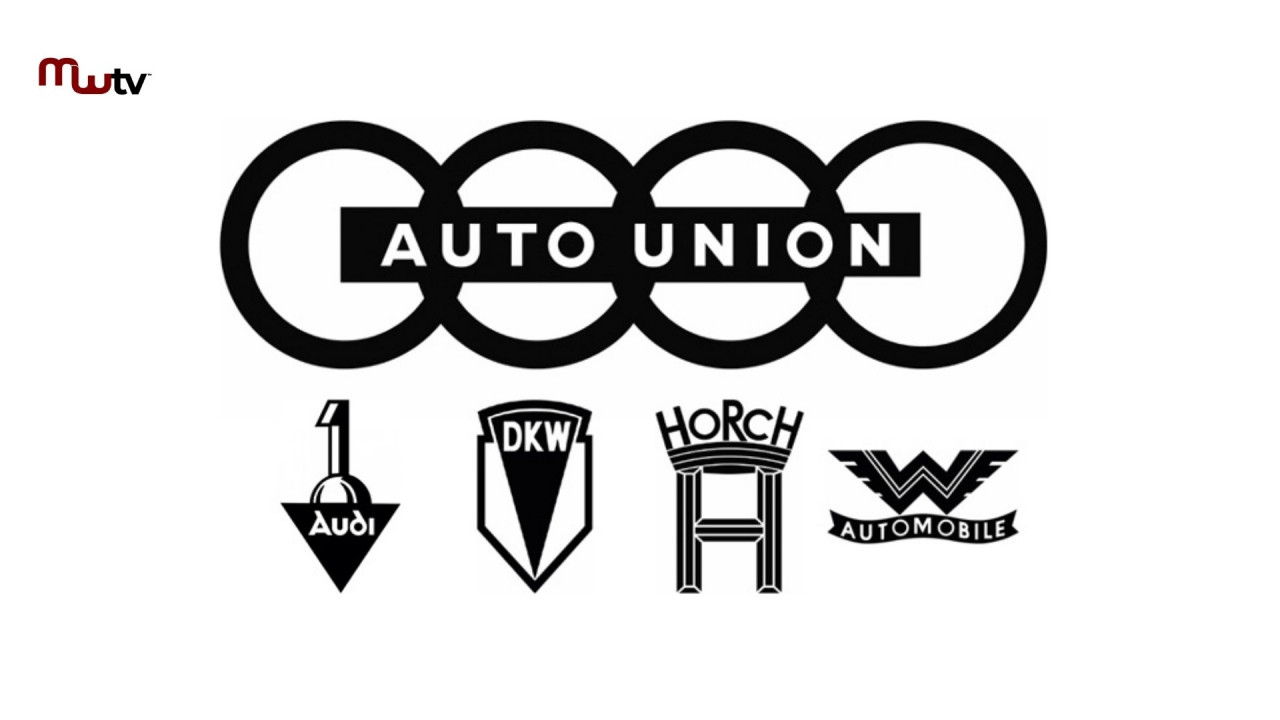
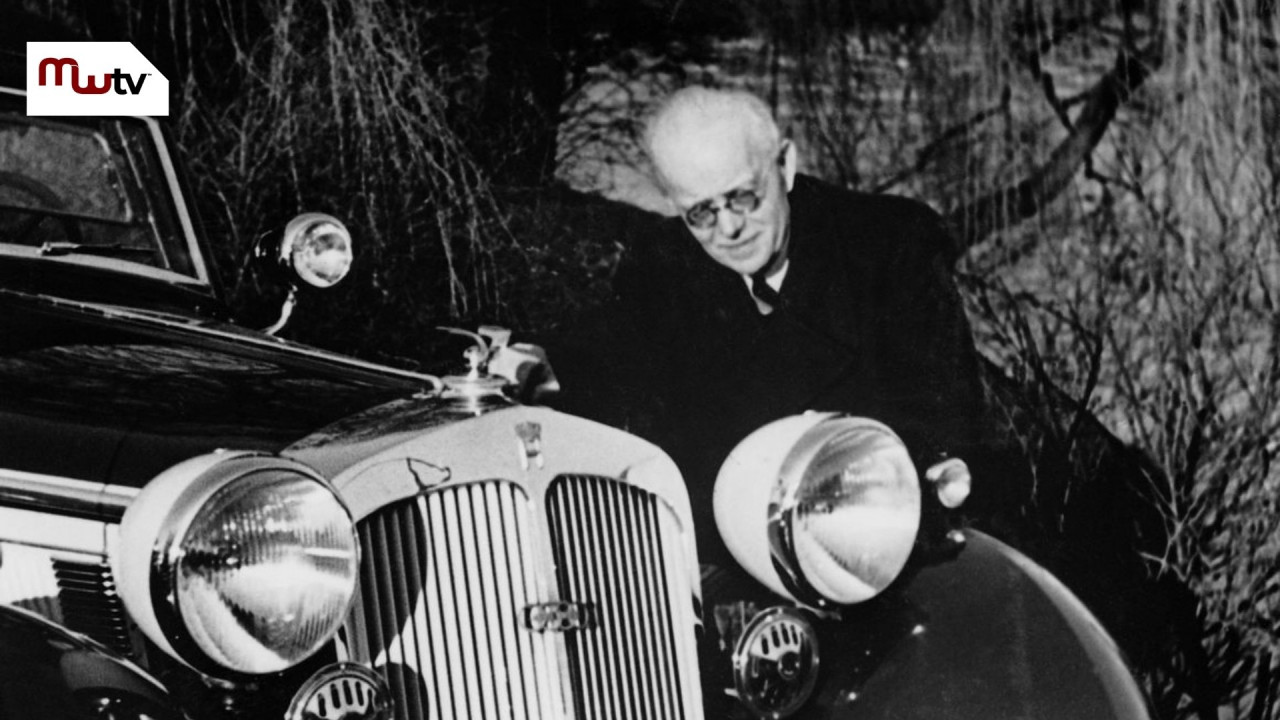
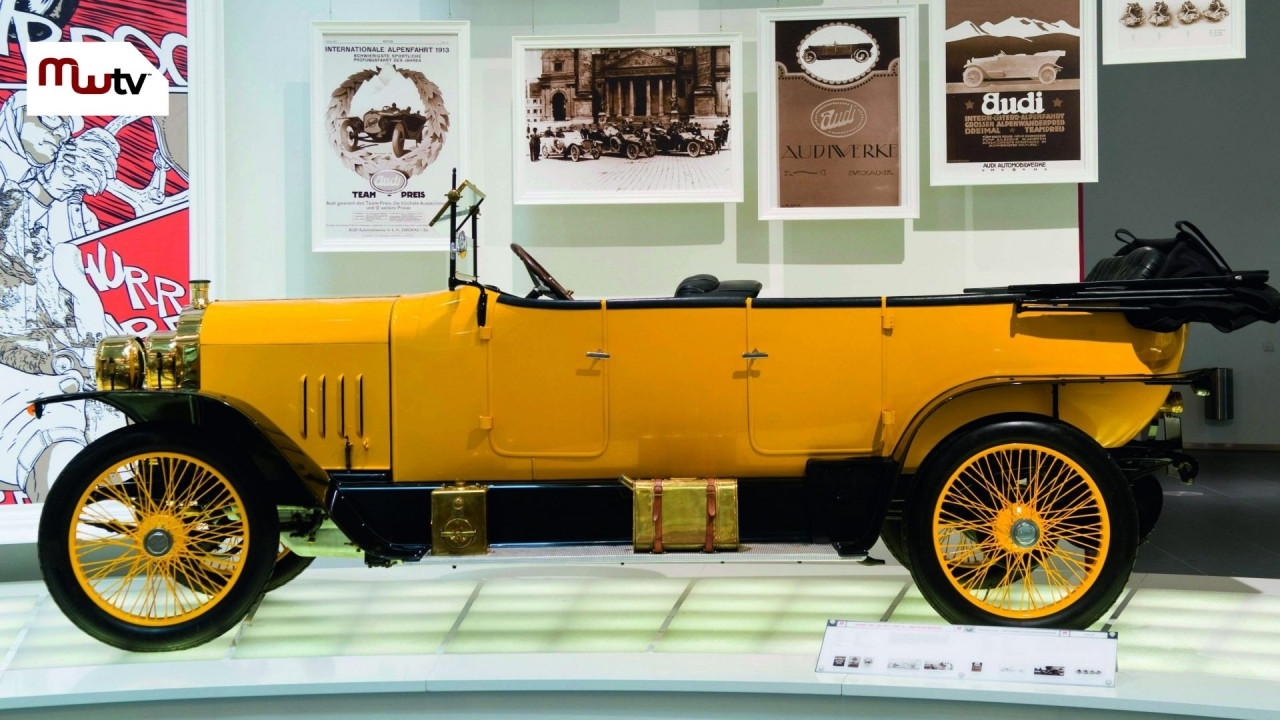
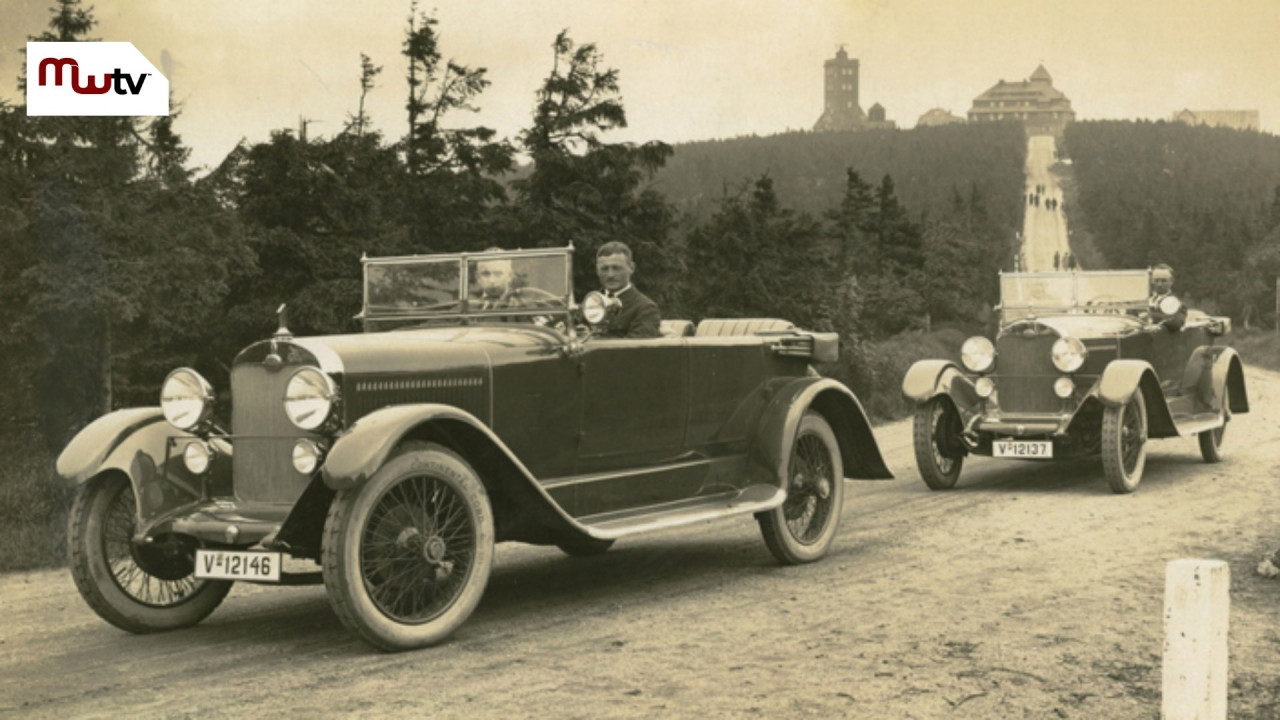


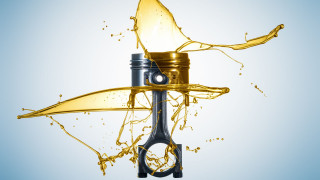


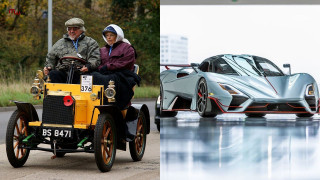
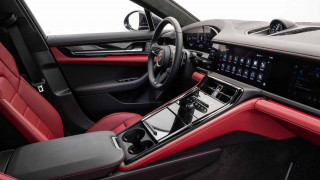



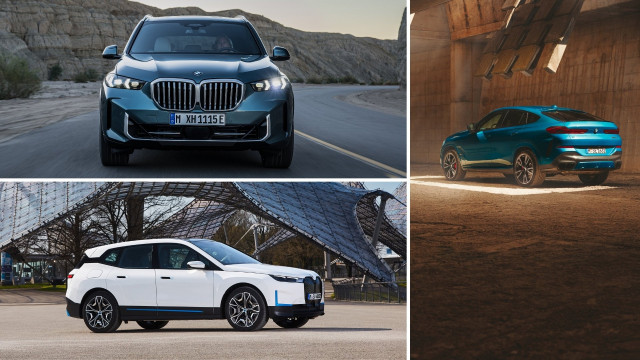
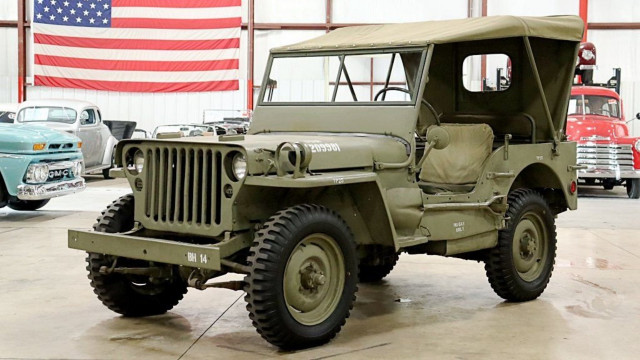




Your comment will be verified by admin before going live